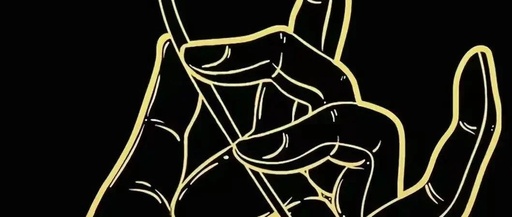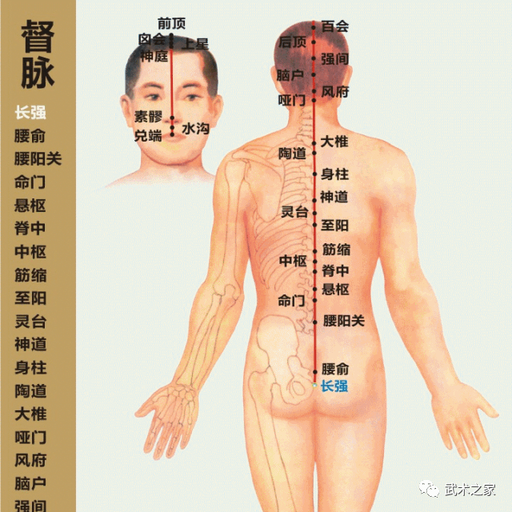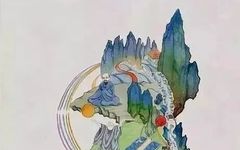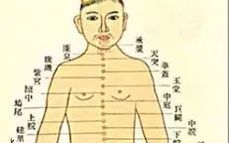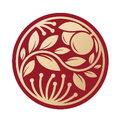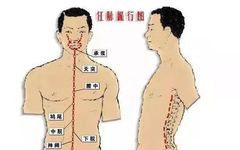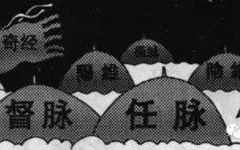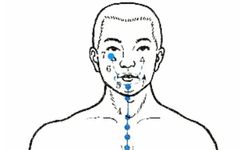Acupuncture Point Location Guide: A Must-Have for Beginners
针灸 (Acupuncture), as a treasure of 中医 (Traditional Chinese Medicine), attracts countless people’s attention with its unique therapeutic effects. However, for those who are new to it, understanding the locations of acupuncture points may feel like falling into a fog. Don’t worry, today I bring you a simple and easy-to-understand guide to acupuncture point locations … Read more


